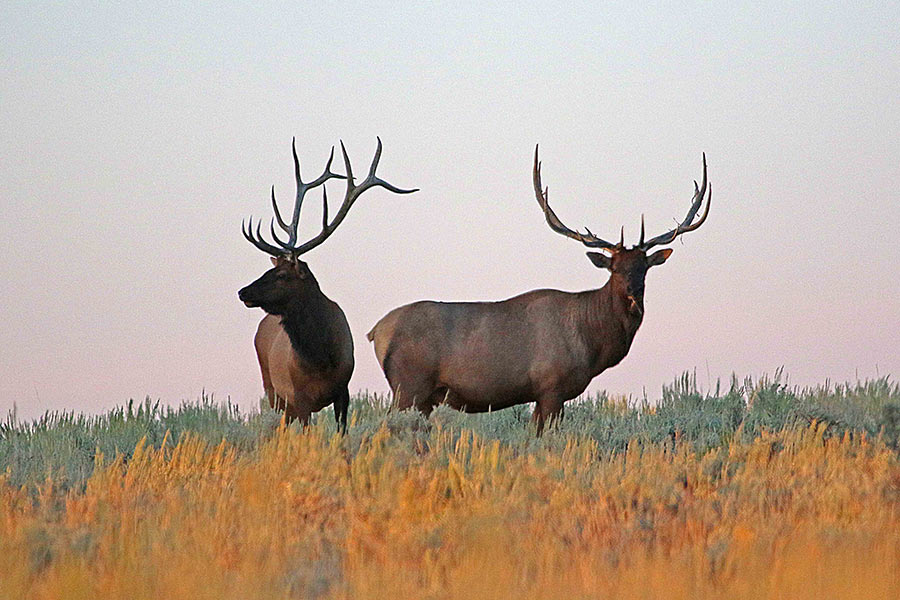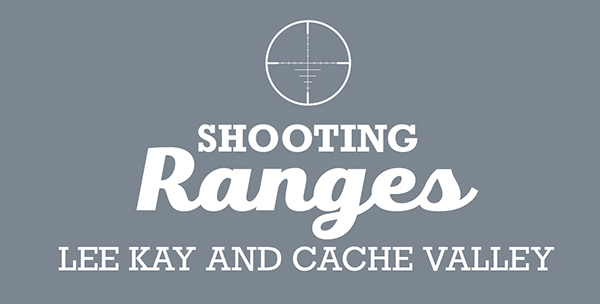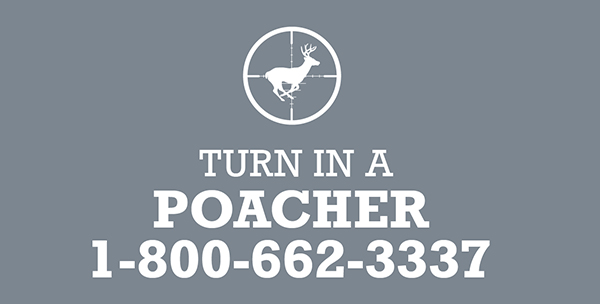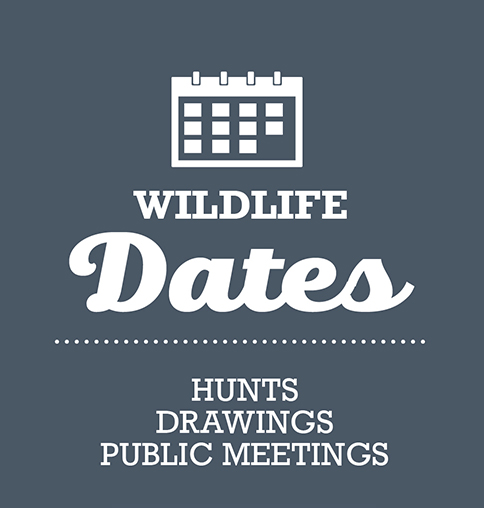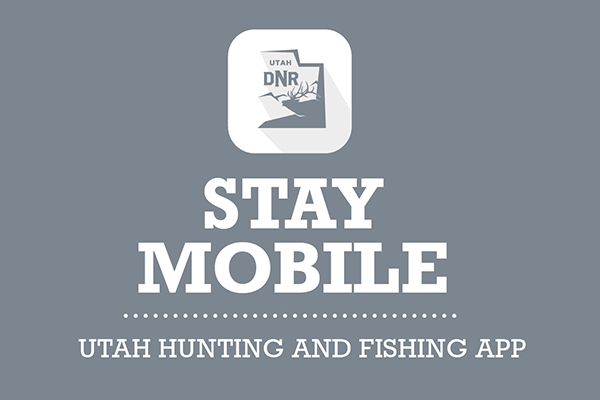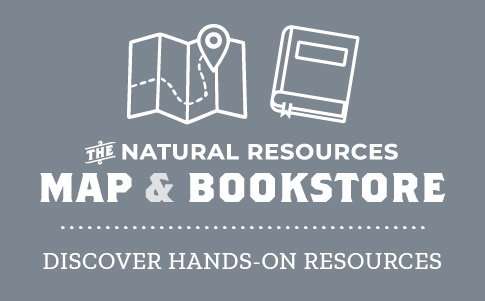DWR proposes updates to Conservation Permit and CWMU programs
Salt Lake City — The Utah Division of Wildlife Resources is recommending a few updates to the Conservation Permit Program and the Cooperative Wildlife Management Unit program and is seeking the public's feedback on the proposals.
CWMU rule amendments
The DWR oversees the Cooperative Wildlife Management Unit program, which allocates hunting permits to private landowners who then provide hunting opportunities to public and private hunters for a variety of wildlife species. The CWMU program in Utah has opened more than 2 million acres of private land to the public for hunting.
The DWR is proposing a few updates to the CWMU program, including:
- Eliminating under-acreage variances, unless the CWMU is within 90% of the acreage requirements and agrees to allocate an additional permit for each species to be awarded in the public draw
- Creating strategies and tools to help with management units that include CWMUs that are over objective with elk, which has the potential to negatively impact deer. These strategies and tools include:
- Allowing all current CWMU permit holders to purchase a second antlerless permit
- Conducting depredation hunts on a CWMU
- Requiring CWMU's to form an antlerless harvest plan and report on plan completion progress to the CWMU Advisory Committee
- Adding emergency antlerless hunts
- Issuing additional non-marketable antlerless permits/vouchers to a CWMU
The proposed rule amendments would also clarify the purpose of the CWMU Advisory Committee and provide guidelines for the administration of trade lands. Some of the proposed updates would allow for the addition of non-contiguous land to a CWMU under certain circumstances, including:
- If the parcel is at least 640 acres
- The land is within 4 miles of the current core CWMU boundary
- Non-contiguous lands cannot be used to meet the minimum acreage requirement
- Non-contiguous lands cannot contain public land
"These rule updates should help with more effectively running the program, and will help clarify things for participants of the program," DWR Private Lands Public Wildlife Coordinator Chad Wilson said.
Learn more about the CWMU Program on the DWR Wild podcast.
Proposed changes to Conservation Permit Program rule
Conservation permits are offered to conservation and sportsmen's groups who then auction them at banquets, fundraisers and other events. The conservation groups provide 90% of the money raised from these permit sales toward conservation and research projects like habitat enhancement, wildlife transplants, aerial surveys and deer survival studies. The remaining 10% of the proceeds are retained by the conservation groups to help cover administrative costs.
"Since 2001, conservation permits have generated more than $80 million for conservation work in Utah," DWR Wildlife Section Chief Covy Jones said. "If not for the revenue from these permits, we and our partners would have much less funding to complete high-priority wildlife conservation projects. The conservation and expo permit funding has led to the enhancement of thousands of acres of crucial habitats and the completion of important research to help us better manage big game populations."
The DWR is proposing a few updates and clarifications to the Conservation Permit Program rule, including:
- Removing cougars as a conservation permit species, since permits are no longer required to harvest cougars under legislation passed last year.
- Changes in the season type and draft order for elk and deer conservation permits.
- Removing the season extension variance clause for unit conservation permits.
- Clarifying that the DWR will notify the Utah Wildlife Board regarding the results of the conservation permit distribution post conservation permit draft.
- Reinforcing that conservation groups are required to have both a Certificate of Registration issued by the DWR and a contract with the DWR in order to sell conservation permits.
- Allow a conservation organization to sell a permit to the runner-up bidder when the winning bidder defaults on payment, as long as the original high bid price is met.
- Clarifying that retained revenue must be spent in a manner according to the DWR's strategic plan or consistent with a conservation species management plan.
- Extending unit conservation bighorn permits through Dec. 31.
Update on cougar hunting in Utah
In May 2023, new legislation went into effect that allows year-round hunting of cougars with just a hunting or combination license. The new legislation also allows trapping of cougars. Cougars are still designated as protected wildlife and must be checked in at a DWR office. Over the past year, biologists have monitored harvest rates to better determine the effects of the new hunting strategy.
"Most cougar harvest occurs during the winter months, and from the data we've received of cougar harvest, 511 cougars were harvested from May 2023 to May 2024," DWR Game Mammals Coordinator Darren DeBloois said. "From May 2022 to May 2023 — prior to when the legislation went into effect — 512 cougars were harvested. This last year there has also been a decrease in the number of livestock preyed upon by cougars, as well as cougar incidents with people."
At this time, the DWR is not recommending any changes to cougar hunting in Utah and will continue to monitor the harvest of cougars in the state.
Give feedback
The public meetings for the recommendations can either be viewed virtually or attended in person. You can view the biologists' presentations before the meetings and share your feedback about them on the DWR website. The presentations are also available on the DWR YouTube channel, but comments can only be submitted through the forms on the DWR website.
The public comment period opened on May 7 for each of the five Regional Advisory Council meetings and for the Utah Wildlife Board meeting. Public comments submitted within the online-comment timeframes listed below will be shared with the RAC and wildlife board members at each respective meeting. Members of the public can choose to either watch the meetings online or attend them in person. If you wish to comment during the meeting, you must attend in person. Online comments will only be accepted until the deadlines listed below.
The meetings will be held on the following dates and times:
- Central Utah RAC meeting: May 14 at 6 p.m. at the DWR Springville Office at 1115 N. Main St. in Springville. (Online comments must be submitted by May 9 at 11:59 p.m.)
- Northern Utah RAC meeting: May 15 at 6 p.m. at the Weber County Commission Chambers at 2380 Washington Blvd. #240 in Ogden. (Online comments must be submitted by May 9 at 11:59 p.m.)
- Southern Utah RAC meeting: May 21 at 6 p.m. at the DNR Richfield City Complex at 2031 Industrial Park Road in Richfield. (Online comments must be submitted by May 16 at 11:59 p.m.)
- Southeastern Utah RAC meeting: May 22 at 6 p.m. at the John Wesley Powell Museum at 1765 E. Main St. in Green River. (Online comments must be submitted by May 16 at 11:59 p.m.)
- Northeastern Utah RAC meeting: May 23 at 6 p.m. at the DWR Vernal Office at 318 N. Vernal Ave. (Online comments must be submitted by May 16 at 11:59 p.m.)
- Utah Wildlife Board meeting: June 13 at 9 a.m. at the Eccles Wildlife Education Center at 1157 South Waterfowl Way in Farmington. (Online comments must be submitted by May 30 at 11:59 p.m.)


